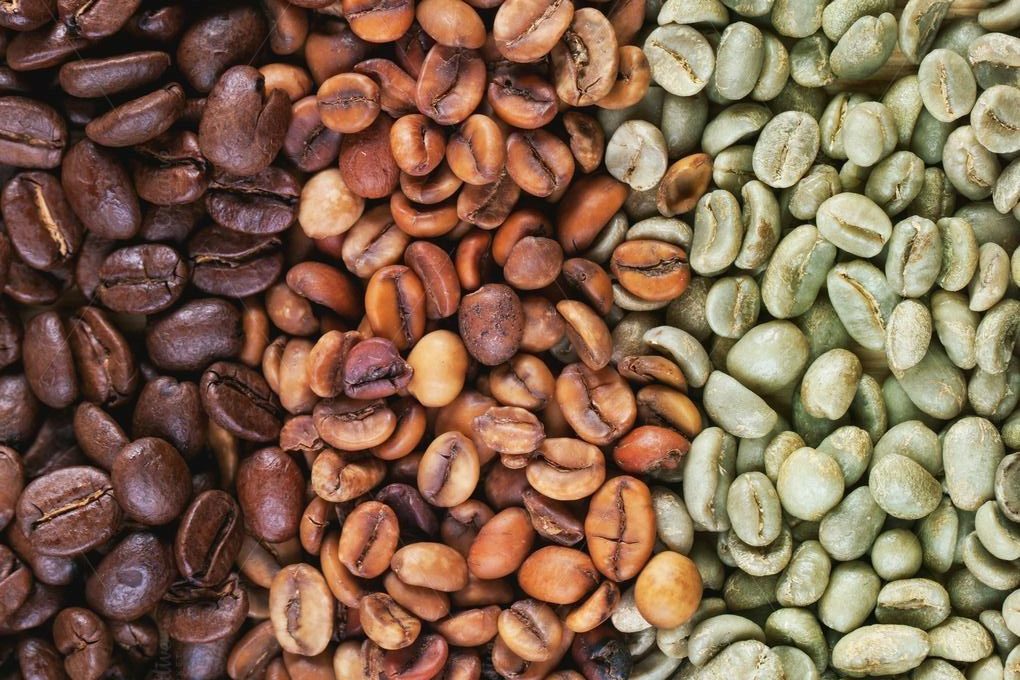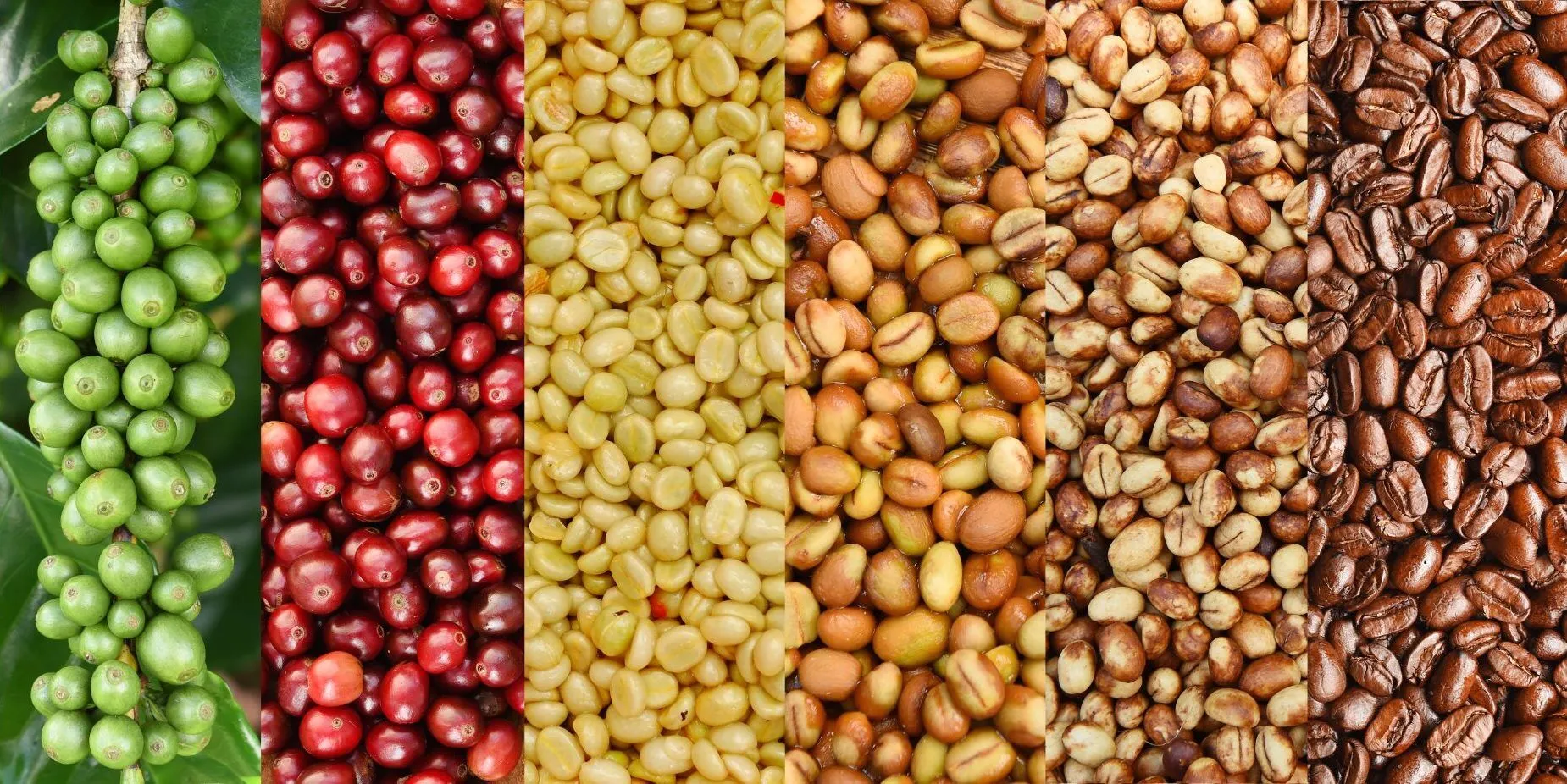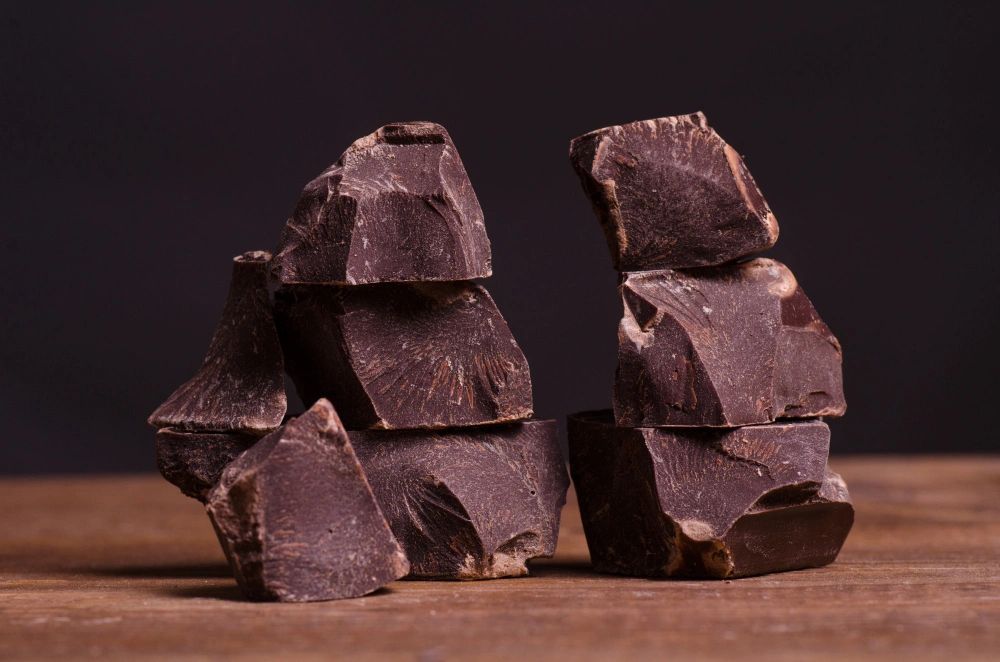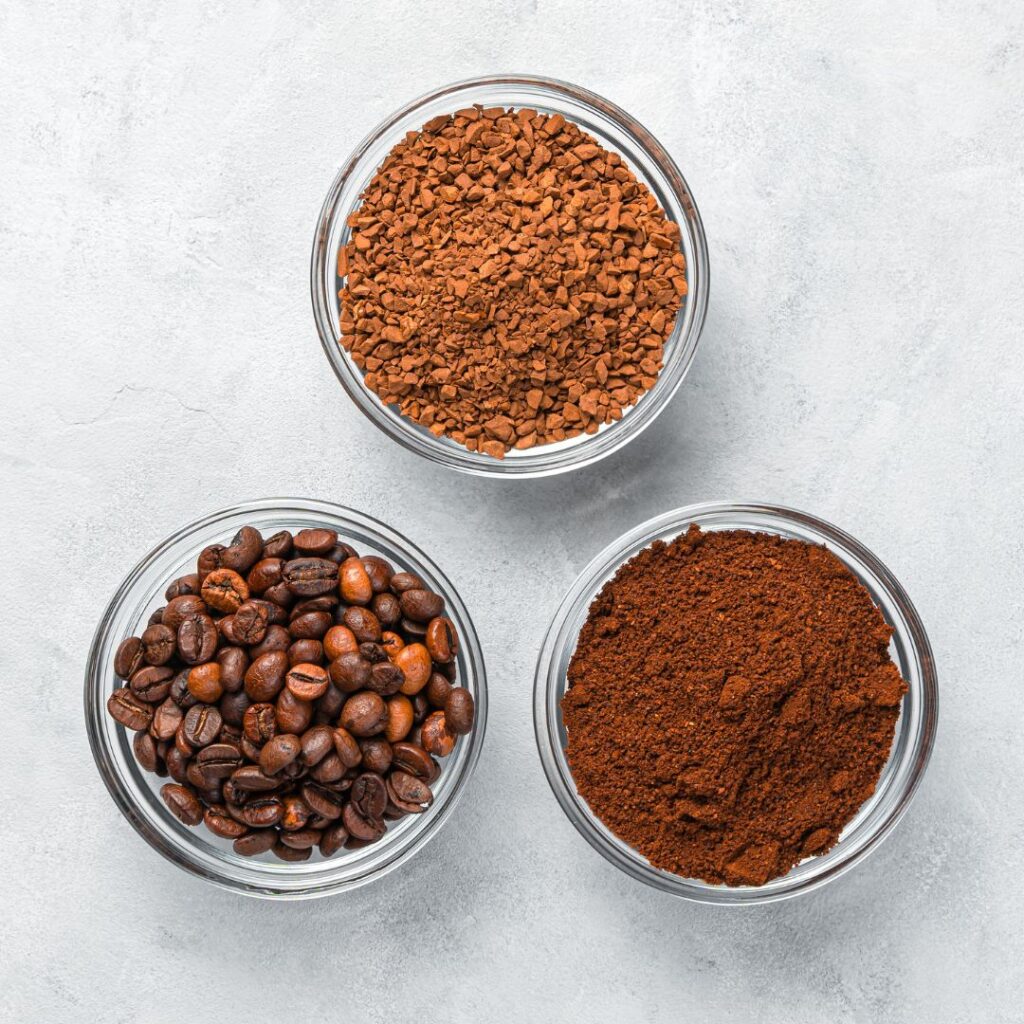The specifications of the best Solubility of Cocoa powder for non-dairy beverages
The main ingredient in non-dairy beverages such as hot chocolate and mocha is cocoa powder. The type and quantity of cocoa powder significantly affect the bitterness, sweetness, and the overall color of the drink. Therefore, using high-quality cocoa powder and being aware of its specifications is beneficial for non-dairy beverages.
Study Guide
Cocoa powder for non-dairy beverages
Cocoa powder is no longer just for hot chocolate with milk! Its rich, chocolatey flavor can be enjoyed in various non-dairy beverages, whether hot or cold. Cocoa powder is a key ingredient in non-dairy drinks like hot chocolate. The quality of the cocoa powder used in powdered and non-dairy beverages is determined by several factors, including ash content, pH, moisture, flavor, color, fineness, and fat content. Solubility and the chocolate flavor, along with bitterness, are the top priorities.

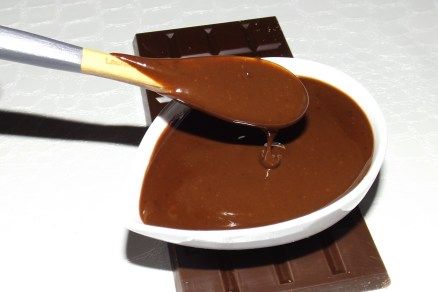
Solubility of Cocoa powder for non-dairy beverages
An important factor in the customer experience of non-dairy beverages is the dissolving capability. Cocoa powder is used in beverage powders along with other ingredients such as sugar and powdered milk. Choosing the correct percentage in sachets is crucial depending on the type of beverage, whether it is creamy or bitter. In general, parameters affecting solubility include the fineness of the particles and total ash content.
FINENESS
The fineness of cocoa powder refers to the size of the particles. Finer cocoa powder dissolves more easily in water, resulting in a better experience for the customer. Additionally, particle uniformity is very important, and ideally, no more than 0.5% of the particles should be larger than 75 microns.
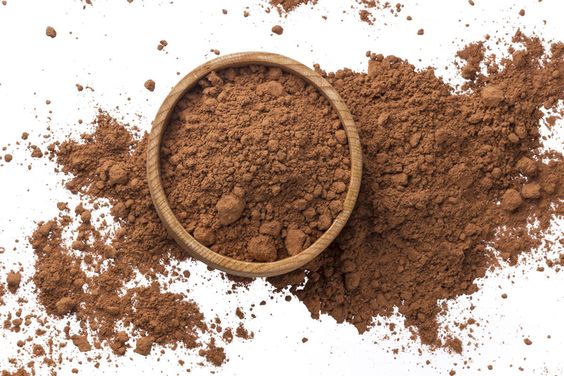
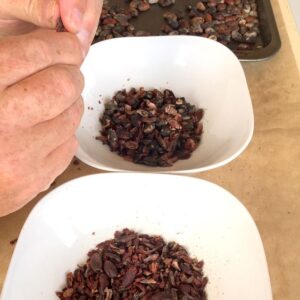
ASHES
region from which the cocoa originates. It can be used to estimate the quality of the cocoa, the level of adulteration, and the amount of minerals present. The ash content of cocoa powder typically ranges between 8% and 14%. To determine the ash content, a weighed sample is ignited to burn off all organic matter. The resulting ash is then weighed and expressed as a percentage of the weight.
The total ash content of cocoa powder indicates the presence of minerals and impurities from the shell. An increase in ash content combined with a higher pH level leads to reduced solubility. However, due to the desired flavor and color profile, a pH lower than 7.4 cannot be used. The maximum preferred total ash content is 12%.
Fat percentage or cocoa butter content
Cocoa powder can vary in fat content, which affects its flavor, solubility, and texture. Powders with higher fat content will have a richer flavor and smoother texture, while those with lower fat content will be more bitter and grainier.
Increasing the fat percentage can reduce solubility. Ultimately, increasing the fat percentage beyond the maximum limit of 12% is not recommended for the production and consumption of powdered beverages due to the reduction in solubility. On the other hand, for non-dairy beverages based on real chocolate, even syrups, using powder with a fat percentage of 22% can provide better texture along with flavor in the final product.
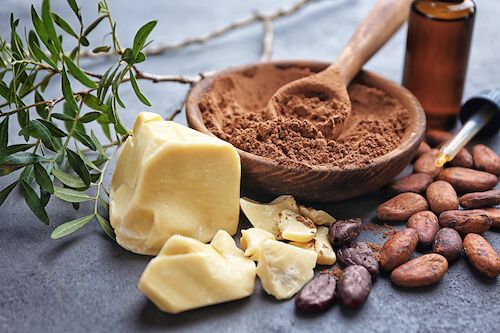

The flavor profile of Solubility of Cocoa powder for non-dairy beverages
The impact of the flavor profile of cocoa powder in non-dairy beverages is undeniable. Cocoa powder can vary depending on the composition of the beans, type, and processing method. Its flavor may include chocolatey (COCOA), bitter, sour, fruity, and woody notes.
Natural cocoa powder is acidic (with a pH around 5 to 6) and has a fruitier taste and stronger flavor than alkalized cocoa. In the alkalization process, using an alkaline solution, the pH changes to around 7 to 8. The effect on flavor is a significant reduction in fruity notes, creating a much milder fruity taste. The sourness also slightly decreases, while the bitterness improves.
In this process, the most sensitive impact occurs on the chocolatey notes. The increase in pH has an optimal point for the chocolatey note, after which the chocolatey flavor decreases, and the woody and burnt notes increase.
The chocolatey notes in African cocoa beans are stronger and accompanied by less sweetness. They are known for their strong and intense flavor, often characterized by fruity, acidic, and earthy notes. In contrast, Asian cocoa beans have a milder flavor with softer nutty and floral notes.
Paying attention to the bitter (BITTER) and sweetness-free (SWEET) notes in the composition can enhance the chocolate flavor experience of the product. It is advisable to use cocoa powder derived from the processing of West African beans to extract the best flavor.
Keep in mind that when creating a non-dairy beverage, choosing the right cocoa powder allows for achieving the final product with a lower percentage compared to commercial cocoa powder varieties.

